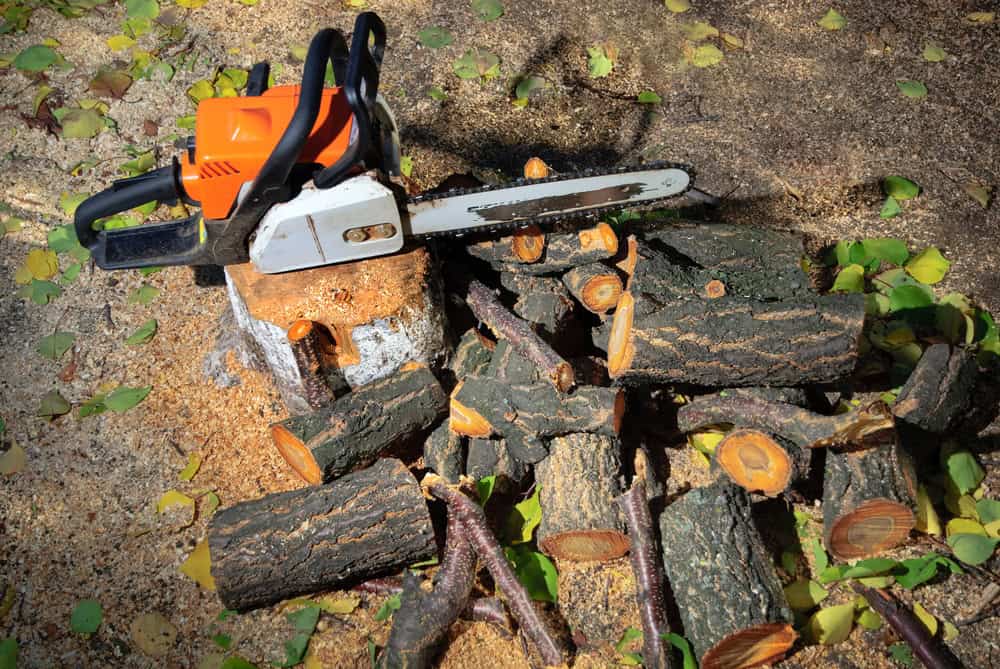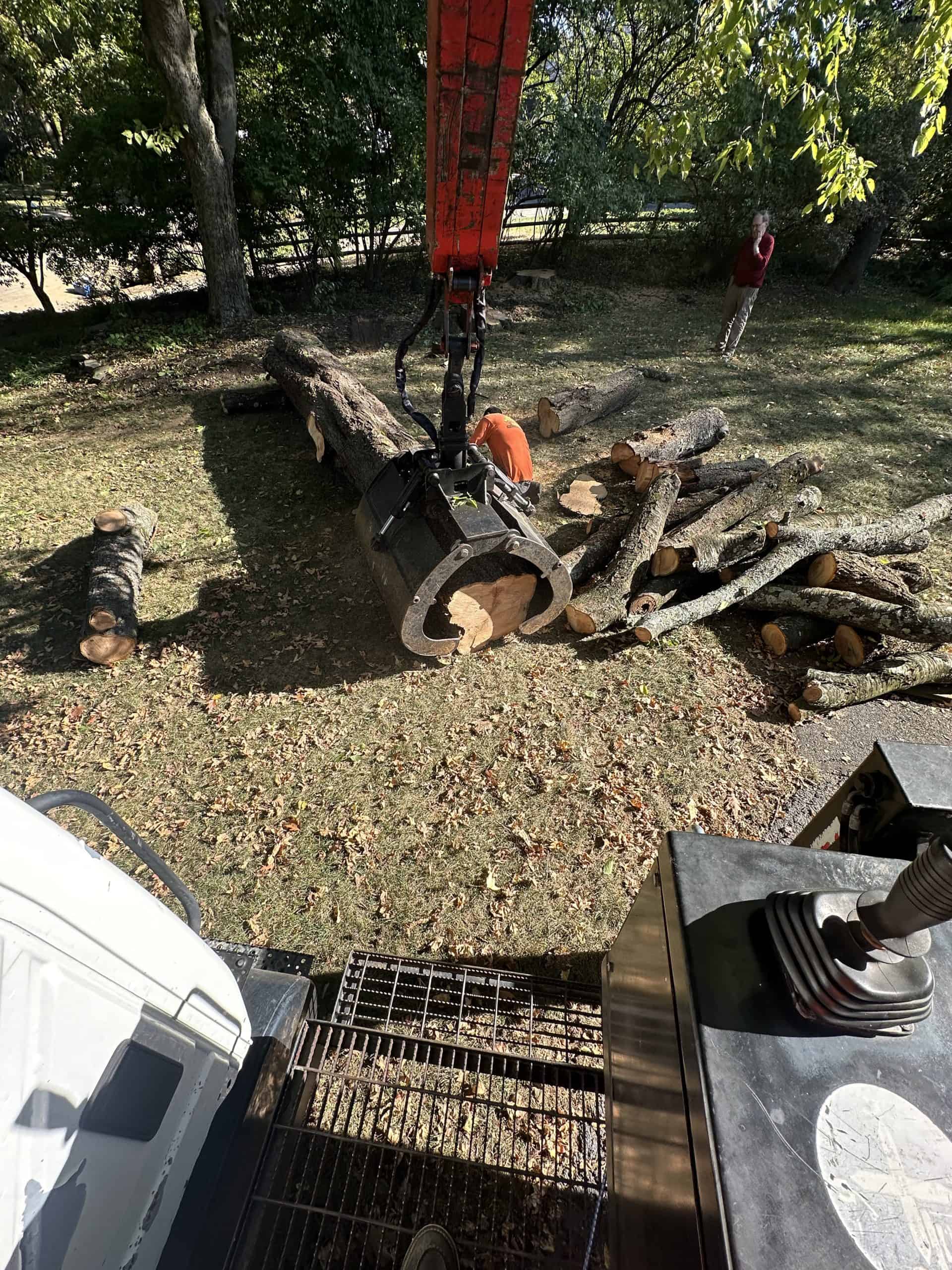Identify hazardous trees in Berks County, PA. Watch for leaning trunks, dead branches, and cracks in the trunk. We enable safe removals.
Share:

Summary:
First, examine the tree trunk for cracks, splits, or decay, which may be indicated by soft wood or hollow areas. Fungal growth can signal internal rot, a common issue in Pennsylvania’s climate. Additionally, check the canopy; dead or hanging branches pose a falling risk. Significant leaning, especially after storms, suggests root problems. Lastly, soil heaving or exposed roots indicate root compromise. Trees located near power lines require extra caution, and these conditions necessitate professional assessment.
Leaning trees, especially recently leaning ones, reveal root or trunk issues. Cracks and splits weaken the structure. Hollow trunks compromise stability. Large, dead branches threaten to fall. Exposed roots or soil heaving suggest root damage.
Decay appears as soft wood or fungal growth. Unusual leaf loss or discoloration suggests health problems. Peeling bark indicates an underlying disease. Swelling or holes in the trunk also point to issues.
Seek a professional tree assessment if you notice these signs. We provide detailed evaluations. Trees located near structures or power lines require prompt action. Storm damage can weaken trees, increasing the risk of falling. Overhanging branches that infringe on structures need removal. A professional can identify the necessary steps. It keeps your Berks County property secure.

Storms weaken trees, increasing the risk of falling branches. New or worsening leans after storms require immediate attention. Entangled branches in power lines create electrical hazards. These scenarios necessitate urgent removal.
Regularly inspect your trees. Look for dead branches, trunk cracks, or unusual leaning. Document changes over time. Contact us for any concerns. Early detection prevents costly damage.
Article details:
Share:
Company
Support
Useful Links